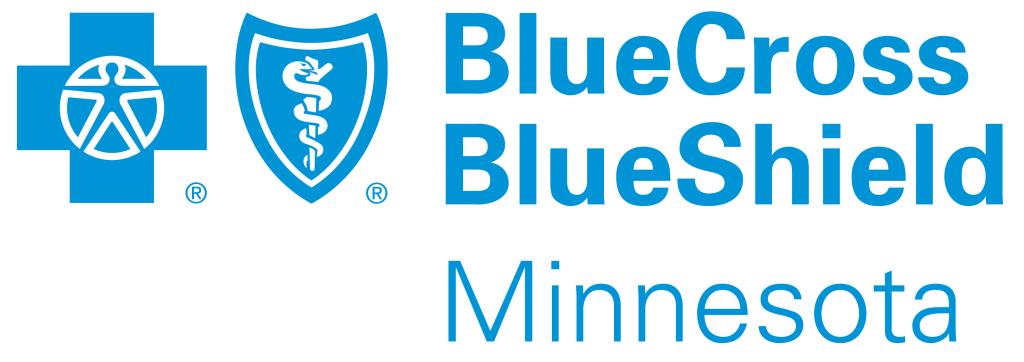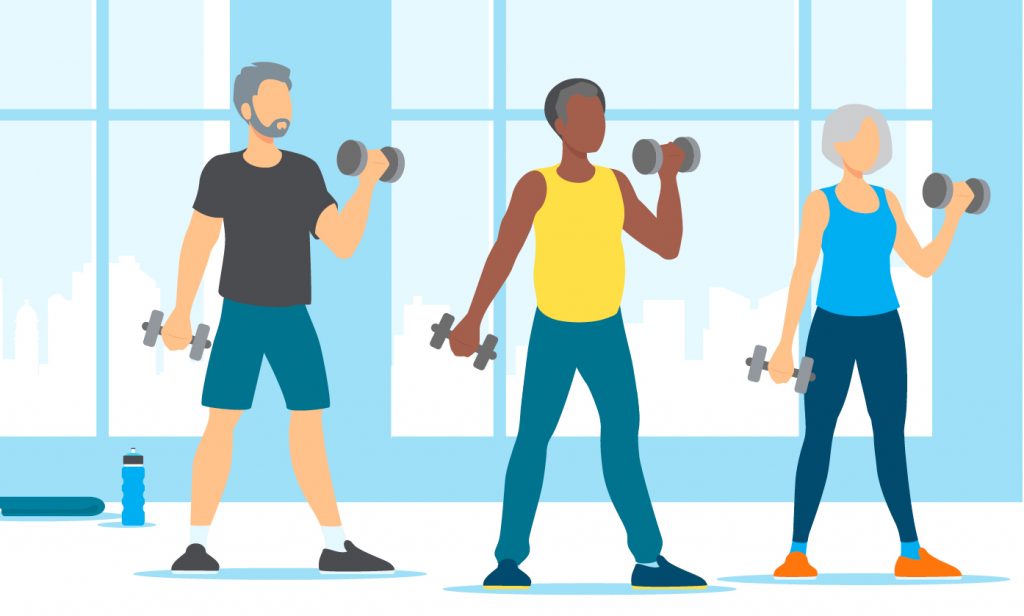It’s important for all women to pay attention to their bone health, especially as they get older and osteoporosis becomes more of a risk.
Osteoporosis, a disease that weakens bones as we age, can strike men and women at any age. But the disease is most common in women age 65 or older, with as many as one in four affected, according to the U.S. Department of Health and Human Services (HHS).
Left untreated, osteoporosis can lead to serious broken bones (fractures), such as in the spine and hip. These types of fractures can make it tough to get around, which can eventually cause health problems and permanent disability which can lead to a loss of independence.
Whether you’ve been newly diagnosed or have lived with osteoporosis for years, it’s never too late to protect your bones — and overall health. Here’s what you can do to stop further bone loss.
Get screened
An osteoporosis screening involves a bone mineral density test. This noninvasive DXA (dual-energy x-ray absorptiometry) scan compares your bone density to that of a healthy young adult. How often you get tested will depend on your situation, so talk to your doctor about what is best for you. But a screening is critical after a fracture, to assess health and help avoid further injury.
Regular osteoporosis screenings can tell you if your bone density is improving, getting worse, or staying the same. You should make sure to get a bone density test if you do have a broken hip or spine bone. Your doctor will use this information to make further recommendations, such as changing your diet or medications.
For example, certain medications can actually speed up bone loss. Steroids ( prednisone), some medicines that treat stomach acid reflux, too much thyroid hormone, cancer chemotherapy, and some antidepressants are common culprits, according to Jyothi Gogineni, MD, an endocrinologist at Northwestern Medicine Regional Medical Group. Talk with your doctor about the possibility of switching to a medication that doesn’t affect your bones, or any steps you can take to offset the loss.
Focus on nutrition
Two nutrients are bone-strengthening powerhouses. The National Osteoporosis Foundation says calcium plays a starring role in building bone while vitamin D helps your body absorb calcium from food.
About 99 percent of your body’s calcium is stored in the bones and teeth; the rest is used to enable your blood to clot, your muscles to contract, and your heart to beat. However, your body can’t make calcium on its own, which means you have to get it from food. If you don’t get enough, your body will start pulling calcium from your bones, causing them to weaken over time.
 In general, women 51 and older need roughly 1,200 milligrams (mg) of calcium and 800 to 1,000 International units (IU) of vitamin D daily. Aim to get these nutrients from food sources.
In general, women 51 and older need roughly 1,200 milligrams (mg) of calcium and 800 to 1,000 International units (IU) of vitamin D daily. Aim to get these nutrients from food sources.
In addition to milk and dairy, foods high in calcium include kale, turnip greens, almonds, canned salmon, and beans. “Also, look for calcium-fortified foods, including fortified orange juice, non-dairy milks, cereals, and tofu,” says Laura Yudys, MS, RD, and a registered dietitian at Northwestern Medicine Central DuPage Hospital.
Vitamin D can be found in fatty fish, fortified foods like cereal and dairy, and in sunlight.
If you have a hard time getting calcium and vitamin D in your diet, supplements might help you fill in the gaps. “I prefer people get their nutrients from food, but always be sure to consult with your physician,” Yudys says.
For optimal calcium absorption, Yudys recommends pairing it with vitamin D and spacing out your calcium dosage throughout the day — break it into segments of 500 mg.
Get moving
Regular exercise is a great way to prevent bone loss.
Weight-bearing exercises like walking, lifting weights, dancing, and stair climbing are especially effective, because they force your muscles and bones to resist gravity. When this happens, your bones get the message that it’s time to rebuild.
Exercising will also help you maintain muscle strength, coordination, and balance, which helps prevent falls and related bone fractures.
Kim Lueken, DPT, a physical therapist at Northwestern Medicine Central DuPage Hospital, recommends doing weight-bearing aerobic exercise three to four times per week for up to 45 minutes.
Perform a resistance training workout two to three times per week for 20 to 30 minutes. The one catch: certain exercises can be risky for someone with osteoporosis — it all depends on your fitness level, risk of falls, and bone density, Lueken says.
In general, avoid exercises that bend and twist your waist. Sit-ups, toe touches, and twisting yoga poses are a few examples. High-impact movements like jumping and jogging are also risky.
“If you’re unsure of what’s safe or how to start, I recommend that you ask your doctor for guidance,” Lueken says.
Consider medications
For some, diet and exercise won’t be enough. “Medication may be necessary to prevent further bone loss and reduce the risk of fractures,” says Dr. Gogineni.
There are two basic types of medications: Antiresorptives and anabolics. Antiresorptives like bisphosphonates, calcitonin, and estrogen complex work to slow the breakdown of bone.
Anabolics like teriparatide, abaloparatide, and romosozumab-aaqg stimulate the formation of new bone. Osteoporosis medications come in a variety of forms, from tablets taken daily to intravenous infusions you get yearly. There is no one-size-fits-all when it comes to osteoporosis medications. The one that works for you will depend on your health history and personal preferences, so be sure to discuss it with your doctor. Also be sure to check whether a medication is covered by your plan.
Osteoporosis doesn’t need to keep you from living the life you want. Being proactive, following a few key lifestyle tips and communicating regularly with your doctor can help ensure your bones stay as healthy as possible throughout your life


